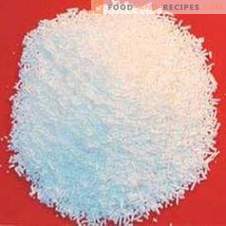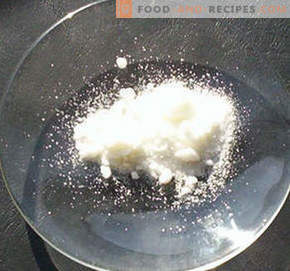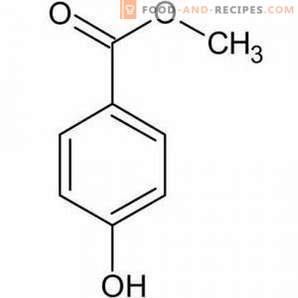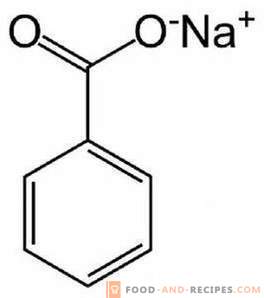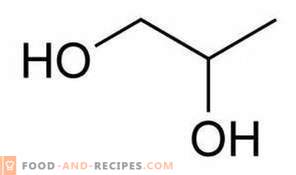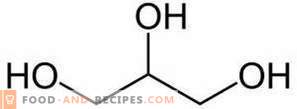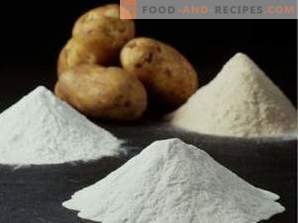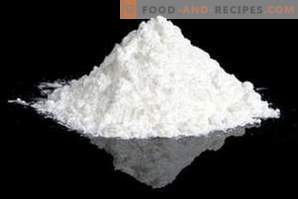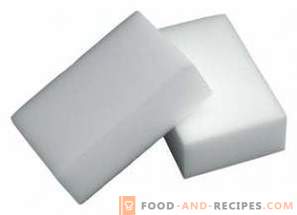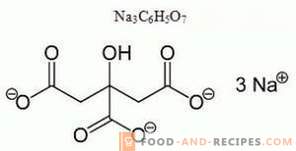
Among the vast amounts of preservatives that are now successfully used in the food industry, sodium citrate, known as E331, occupies a special place. It is a white powder with a rather characteristic sourish-salty taste, which is obtained synthetically from citric acid. For the first time this substance was artificially created more than 100 years ago, but it became widespread in industry only in the middle of the last century.
What is the use of E331?
Sodium citrate is an excellent preservative that can protect many foods from spoiling. In addition, E331 enhances the taste of various dishes, making them more spicy and spicy. This is especially important when you need to emphasize the taste of neutral products. Modern cheeses and sausages, in which sodium citrate is added, would hardly have been so appetizing without this sour-salted supplement.
It is noteworthy that as early as 1914, sodium citrate was first used to stabilize the composition of blood during its transfusion, which became a real sensation in the medical world. In addition, this substance helps in the treatment of many diseases, when it comes to stabilizing the acidity of gastric juice. If nothing else is at hand, then a few E331 crystals are able to eliminate even the most severe heartburn.
Sodium citrate application area
Initially, E331 preservative was used for medical purposes, and even nowadays it is part of various drugs that are used in the treatment of internal inflammatory processes and, in particular, cystitis. In addition, sodium citrate is often used in order to neutralize the effects of alcohol intoxication and relieve the symptoms of a hangover.
However, the scope of this substance in the food industry is much wider. So, sodium cystitis helps to enhance the taste of carbonated drinks and give special spice to all sorts of spices. In addition, as a preservative, E331 is added to meat dishes and dairy products that need prolonged heat treatment. Jelly and preserves, sweets and yogurts, various types of canned food, including juices - in all these products, sodium citrate is often used today, which is considered to be an almost harmless additive. In addition, this substance is now added to coffee machines to stabilize the acidity of the drink and give it a special flavor.
What is dangerous about sodium citrate and is it worth it to abuse
Manufacturers using E331 are unanimous that this preservative is completely harmless. However, independent studies do show that sodium citrate still has quite a few side effects. This substance does not accumulate in the body and is easily excreted naturally with urine. However, if the concentration of E331 in a person’s blood exceeds the allowable rate, which is 1.5 g for an adult, side effects are possible in the form of a sharp increase in blood pressure, nausea and vomiting, diarrhea, abdominal pain, dizziness and short-term loss of consciousness. Of course, in food the content of E331 is insignificant, but in some medicines it can be quite high. Therefore, in case of abuse of such drugs, health problems are unlikely to be avoided. However, E331 preservative is officially approved for use in many countries around the world, including Russia, and its use is considered the norm when it comes to the food and pharmaceutical industry.
